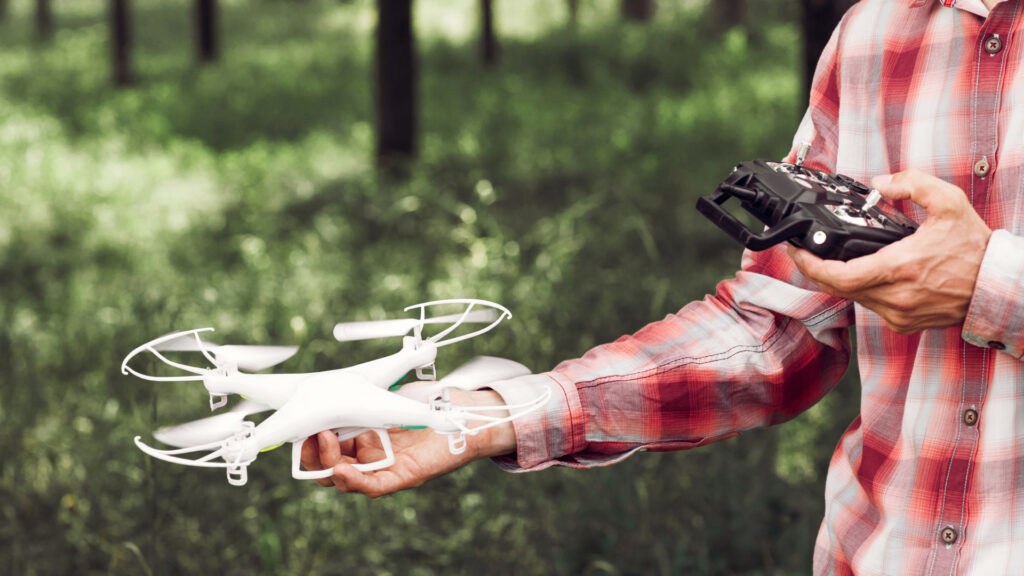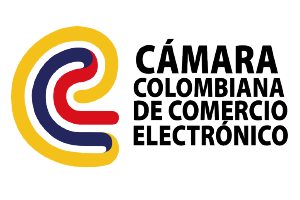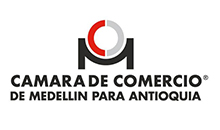The terms “drones” and “unmanned aerial vehicles” (UAVs) are used interchangeably to refer to aircraft that are controlled remotely without the need for a pilot on board. These devices have gained popularity in a variety of fields, from entertainment to industrial and military applications. Drones can range in size from small toy models to large aircraft used in surveillance and exploration missions.
In terms of regulation, laws and regulations related to drones vary by country and jurisdiction. However, regulation generally covers aspects such as drone registration, flight restrictions, safety and privacy. Here is a general overview of some common aspects of drone regulation:
Drone registration: in many countries, drones must be registered with the civil aviation authority or similar government entity. The registry helps to identify drone owners and ensure their responsible use.
Flight Restrictions: regulations establish restricted or prohibited zones for drone flight, such as near airports, sensitive areas or mass events. They can also set maximum flight altitudes.
Licenses and Certifications: some countries may require drone operators to obtain specific licenses or certifications to fly drones, especially if they are used for commercial or professional purposes.
Safety: regulations generally address flight safety, including measures to avoid collisions with other aircraft and people on the ground. This may include the implementation of detection and avoidance systems.
Privacy: regulations can protect people’s privacy by placing restrictions on the capture and dissemination of images and videos from drones.
Civil Liability: some regulations address civil liability in case of damage caused by a drone during flight.
Commercial Use: In many locations, the commercial use of drones (e.g., for delivering packages or performing industrial inspections) may be subject to stricter regulations.
Autonomous Drone Operations: Autonomous drones, which can operate without constant human intervention, may have additional regulations due to safety and control concerns.
Specifically in Colombia, the Civil Aeronautics is the authority in charge of regulating Colombian airspace and since 2018, a new drone legislation came into force in RAC 91, classifying drones according to their weight and use into three classes, namely, class A “open, class B “regulated” and class C “certified”
Cybergraphy
https://idc.apddrones.com/regulacion/rac-91-regulacion-drone-en-colombia/
https://idc.apddrones.com/regulacion/regulacion-drone-internacional/



